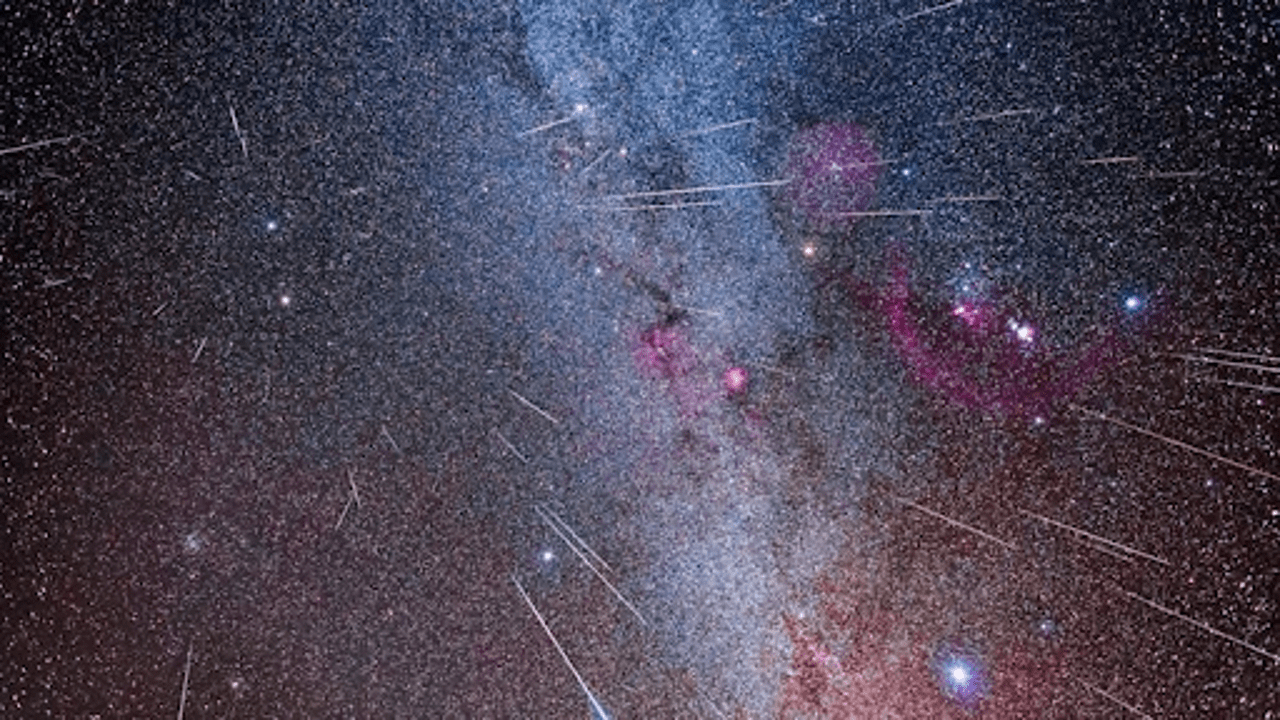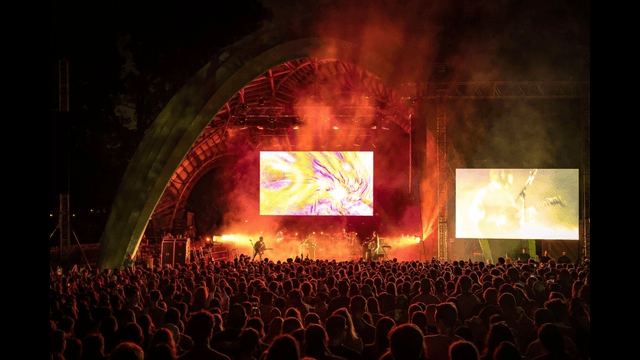
A composite image captures the 2017 Geminid meteors streaking from the Gemini constellation. While this year’s full moon may overshadow all but the brightest meteors, the Geminid shower is still expected to provide a spectacular display. CBC
December isn’t just about the festive season; it’s also the time for one of the year’s most exciting celestial events – the Geminid meteor shower. The Geminids, which began on December 2, reach their peak on the night of December 13-14. However, while clear skies usually make for a great viewing experience, this year, the bright moon may make it more difficult to see the full show.
Peter Brown, a Canada Research Chair in Meteor Astronomy and a professor at Western University, notes that the Geminids are typically one of the most accessible meteor showers. "Usually, I'm excited to tell everybody the Geminids is the one shower you can get out right after supper and enjoy," Brown says. "But with the moon, it's really going to crimp things." This year, the nearly full moon will be almost 97% illuminated and rise early in the evening, making it tough to see the more faint meteors. But the good news is that Geminids are known for their bright fireballs, so there's still a chance of spotting a few, especially if you have clear skies.
Meteor showers like the Geminids occur when Earth passes through the debris left behind by comets or asteroids. The Geminids come from an unusual source — the asteroid 3200 Phaethon. As the tiny particles from this asteroid burn up in Earth's atmosphere, they leave behind bright streaks of light, which we call "shooting stars."
What makes the Geminid shower even more special is the potential for meteorites to fall to the ground. Brown explains that while no one has found a piece of the asteroid 3200 Phaethon yet, it's possible to find a "Geminid" meteorite. What's even more fascinating is that many of the meteoroids from the Geminid shower actually reach the moon. In fact, the Geminids are the meteor shower most likely to cause lunar impact flashes — bright streaks of light visible from Earth when a meteor hits the moon's surface.
"If the geometry is right, and you've got the right lunar phase, and the Gemini peak is just in the right geometry, you can see as many as one lunar impact flash from the Geminids every 20 minutes," Brown adds. This is because the moon has no atmosphere to burn up the debris, unlike Earth. Astronaut Harrison "Jack" Schmitt, the only geologist to walk on the moon, may have even witnessed one of these lunar flashes during his mission in 1972.
Compared to the August Perseids, which also compete for the title of the best meteor shower of the year, the Geminids are notable for their higher meteor count. While the Perseids can produce up to 100 meteors per hour under ideal conditions, the Geminids can produce as many as 150. However, December weather isn’t as favorable for stargazing as summer, and it’s often colder and cloudier. If you’re planning to watch the Geminids on December 13-14, check the weather and dress warmly, as the best view is from a dark location away from city lights.
Even if the peak night is clouded over, the Geminids tend to be active in the days leading up to and following the peak, so there’s plenty of time to catch a glimpse. Just find a dark spot, look up, and don’t blink — the meteors can be fast, and you don’t want to miss a stunning fireball. For those tracking meteor activity, there are websites that provide real-time data















